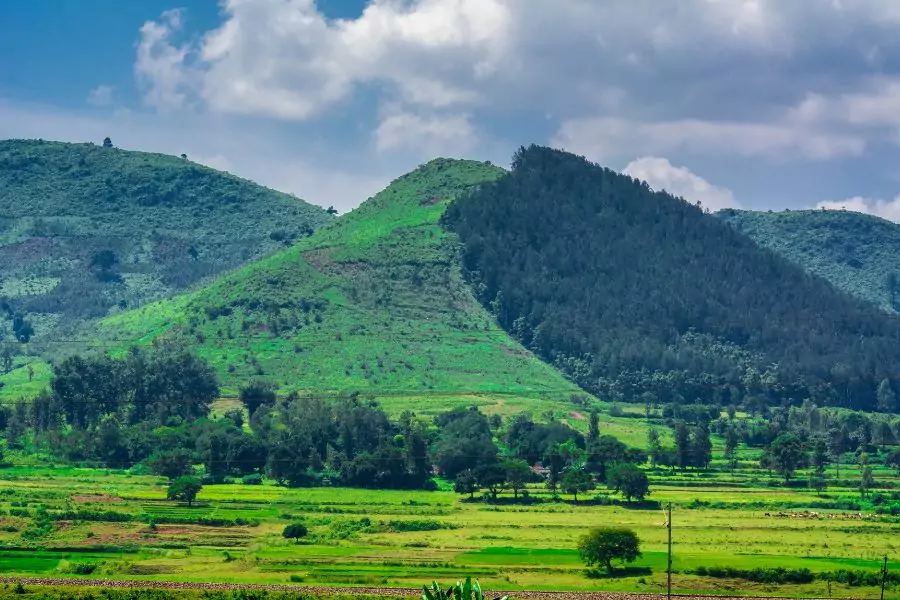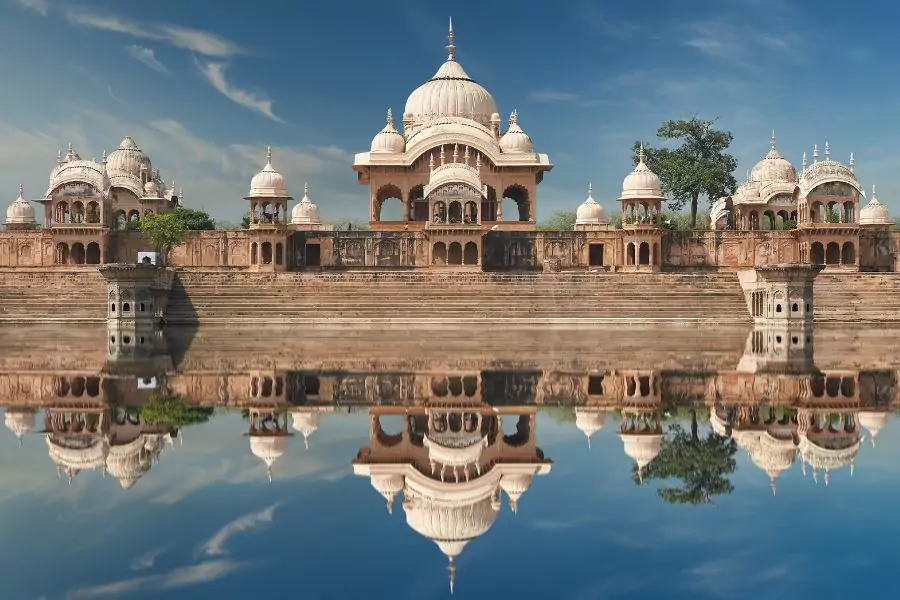Bryce Canyon National Park
Things to do in Bryce Canyon National Park
A land that captures the creative energy and the heart, Bryce canyon national park is the most loved among Utah’s national parks. Despite the fact that its quality had been notable for quite a long time, Bryce Canyon wasn’t assigned a national stop until 1928. The recreation center is named for Ebenezer Bryce, a pioneer cattleman and the primary perpetual pilgrim in the region. His depiction of the scene not being neighborly to dairy animals has regularly been rehashed. Much more than his well-known expression, be that as it may, Bryce Canyon is known for its whimsical “hoodoos,” best saw at dawn or nightfall when the light plays off the red shake.
In geological terms, Bryce is really an amphitheater, not a canyon. The hoodoos in the amphitheater went up against their unordinary shapes in light of the fact that the best layer of shake—”top shake”— is harder than the layers underneath it. In the event that disintegration undermines the delicate shake underneath the top excessively, the hoodoo will tumble. Bryce keeps on developing today, yet the hoodoos are a perpetual element; old ones may kick the bucket, yet new ones are always framing as the amphitheater edge retreats. Things to do in Bryce Canyon national park are as follows:-
Scenic Drive
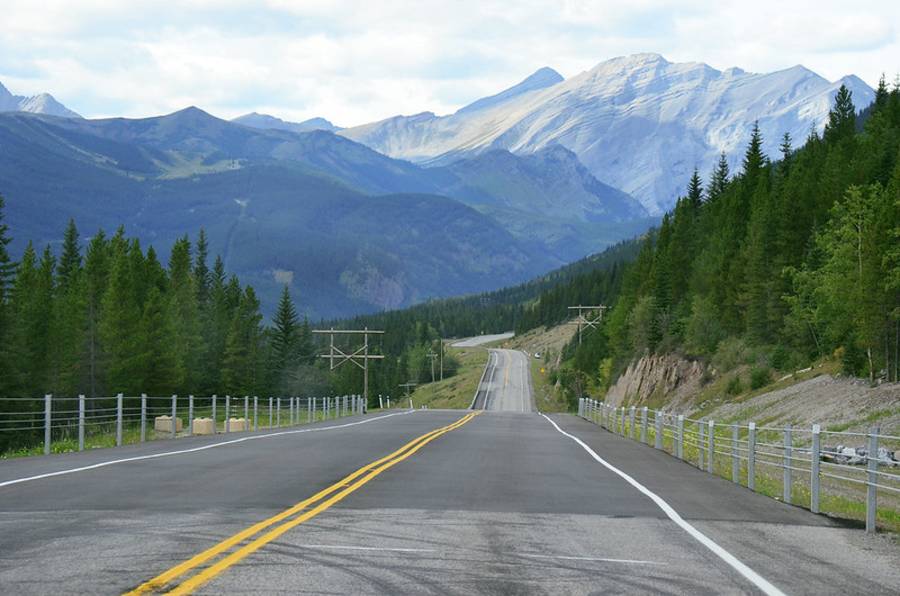
Start your visit at Bryce Canyon with the Scenic Drive viewpoints and end at the Amphitheater Viewpoints. Begin the Scenic Drive at Rainbow Point at the southern end of the street so all ignore stops will be to your right side to maintain a strategic distance from left turns on an occupied and winding street. The Scenic Drive is 18 miles one way. Enable 1 to 2 hours to stop at all viewpoints or 3 to 4 hours for genuine photography at each stop. On a crisp morning, you can see 100 miles every which way from the viewpoints along this street.
Point and Yovimpa Point
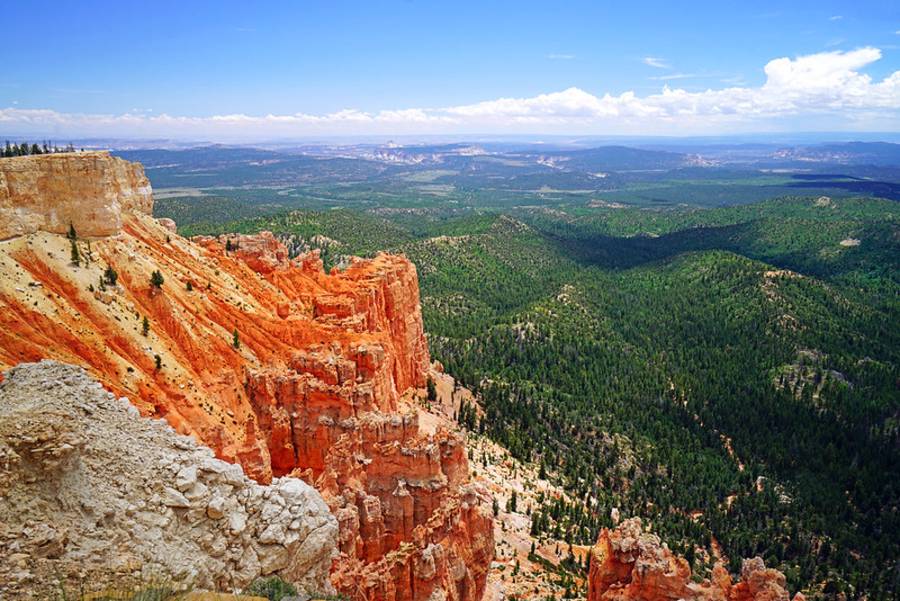
The height at the Visitor Center is around 8,000 feet. As you drive to Rainbow Point, you climb 1,100 feet higher. The Scenic Drive closes at the joined stopping region for Rainbow Point and Yovimpa Point. View the bright hoodoos in Rainbow Canyon. Stroll along the Bristlecone Loop Trail to see a 1,800-year-old bristlecone pine. This tree is accepted to be one of the most established living things at Bryce Canyon.
Ponderosa Canyon
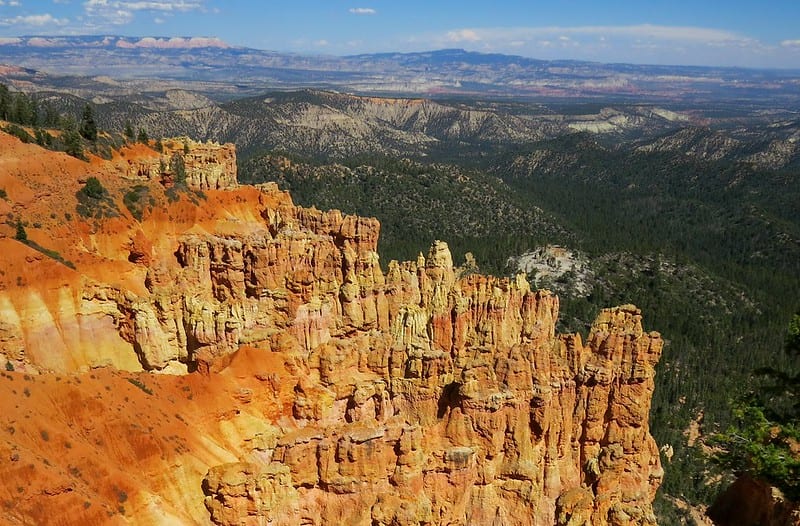
You can see hoodoos and great perspectives toward the north and south from the Ponderosa Canyon disregard. There are immense Ponderosa Pines on the canyon floor, some are more than 150 feet tall and 5 feet in the distance across, which is difficult to see from the highest point of the canyon.
Agua Canyon
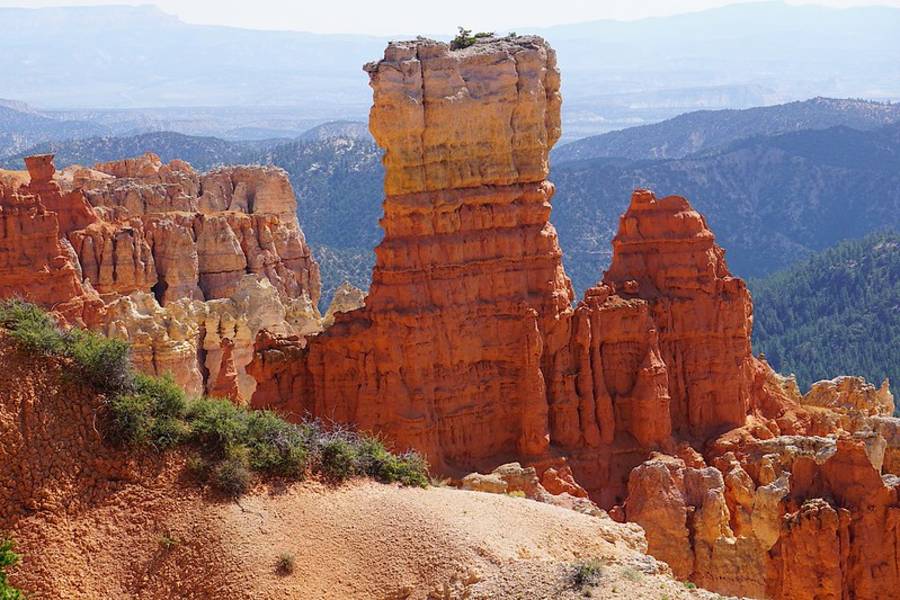
A portion of the best differentiation of shading in the park can be seen at Agua Canyon. One of the fun activities at this neglect is to locate the two noticeable hoodoos named The Hunter and The Rabbit.
Natural Bridge

Natural Bridge is extremely a curve. This is one of the more prevalent stops on the beautiful drive. Attempt to discover a spot where you can photo the green Ponderosa trees through the curve. This includes a decent fly of shading.
Bryce Point
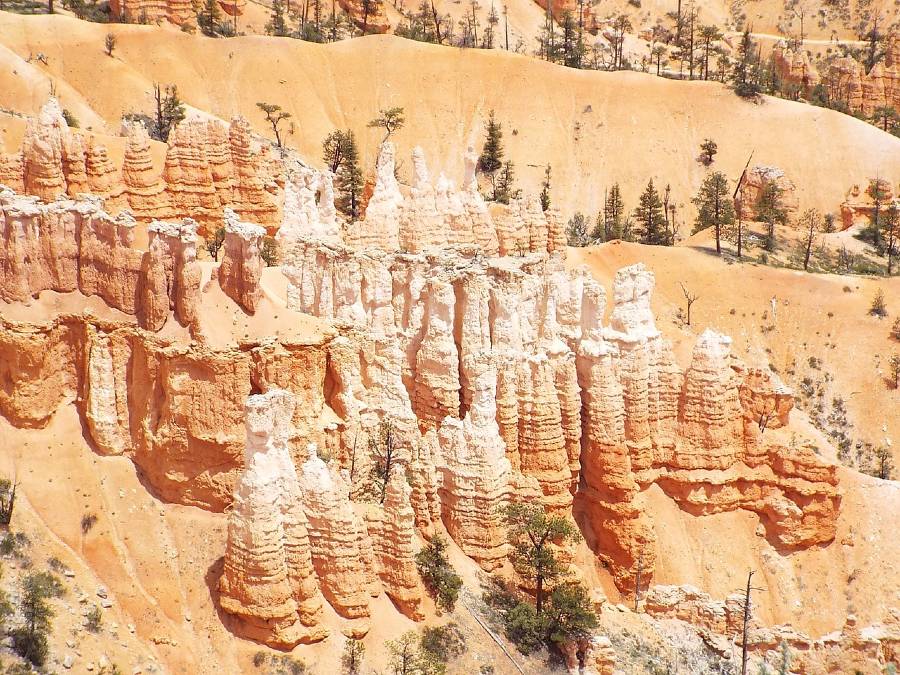
The most thought gathering of hoodoos in Bryce Canyon is found in The Amphitheater area of the park. The Bryce Point ignore gives a standout amongst the grandest vistas of hoodoos in the amphitheater. This viewpoint is ideal for dawn photographs on the grounds that the highest points of the hoodoos gleam with light.
Sunset Point

The most sensational scene of hoodoos is found at Sunset Point. The celebrated ‘Silent City’ is a nearby gathering of hoodoos and balances discovered specifically beneath the point and toward the south. Since every one of the viewpoints confronts the east, at sunset you won’t see or photograph the sun setting, yet rather see the delicate light as it shines on the highest points of the hoodoos.
How to reach
Bryce Canyon National Park is located in southwestern Utah, United States. Here are the ways to reach it:
By Air: The nearest major airport to Bryce Canyon National Park is the McCarran International Airport in Las Vegas, Nevada (about a 4-hour drive from the park). Another option is the Cedar City Regional Airport in Cedar City, Utah (about a 1.5-hour drive from the park).
By Car: Bryce Canyon National Park can be reached by car from several major cities in the western United States. The park is located on State Highway 63, which is accessible from US Highway 89.
By Bus: There is no direct public transportation to Bryce Canyon National Park. However, visitors can take a bus tour from Las Vegas or Salt Lake City, which includes transportation and park tours.
Best time to visit
The best time to visit Bryce Canyon National Park depends on what you would like to see and do. Here are the different seasons and what they offer:
Spring (April to June): This is a good time to visit Bryce Canyon if you want to see the wildflowers in bloom. The weather is pleasant, with temperatures ranging from cool to warm.
Summer (July to September): Summer is the busiest season at Bryce Canyon, with warm temperatures and clear skies. This is a great time to hike and enjoy the park’s scenic views.
Fall (October to November): The fall is a beautiful time to visit Bryce Canyon, with cooler temperatures and the changing colors of the trees. This is also a good time to hike, as the crowds have thinned out from the summer.
Winter (December to March): Winter is a quiet time at Bryce Canyon, with snow and ice on the trails. The park is still beautiful, but access may be limited due to snow and ice. Winter is a good time to visit if you want to see the park in a different light and enjoy cross-country skiing or snowshoeing.
No matter when you visit, it’s always a good idea to check the park’s website for updates on weather, road conditions, and any seasonal closures before you go.
FAQ
Sure, here are some frequently asked questions about Bryce Canyon National Park:
- What kind of activities are there to do at Bryce Canyon?
- Visitors can enjoy hiking, horseback riding, wildlife watching, stargazing, and ranger-led programs.
- Is there camping available at Bryce Canyon?
- Yes, there are several campgrounds within the park, including North Campground, Sunset Campground, and the Ruby’s Inn RV Park and Campground.
- Are there restaurants or food options within Bryce Canyon?
- Yes, there are a few options for food within the park, including the Bryce Canyon Lodge and the General Store. There are also several restaurants and cafes in the nearby towns of Bryce and Tropic.
- Is the park open year-round?
- Yes, Bryce Canyon National Park is open 24 hours a day, year-round, although some roads and facilities may be closed during the winter months due to snow and ice.
- Do I need a permit for hiking or camping at Bryce Canyon?
- A permit is not required for day hiking or camping in Bryce Canyon, but a park entrance fee is required. A permit is required for overnight backcountry trips.
- Are there guided tours available at Bryce Canyon?
- Yes, there are a variety of guided tours available at Bryce Canyon, including ranger-led walks and hikes, horseback rides, and stargazing tours.
- How much does it cost to enter Bryce Canyon National Park?
- As of 2021, the park entrance fee is $35 per vehicle, which is valid for seven days. The fee is $20 per person for those entering the park on foot, bicycle, or motorcycle. There are also annual pass options available.


